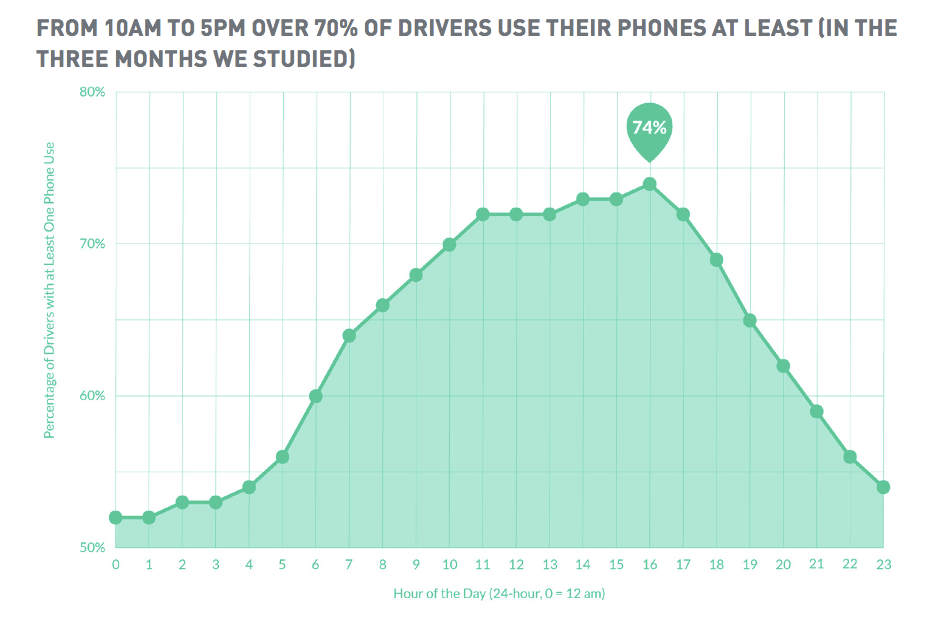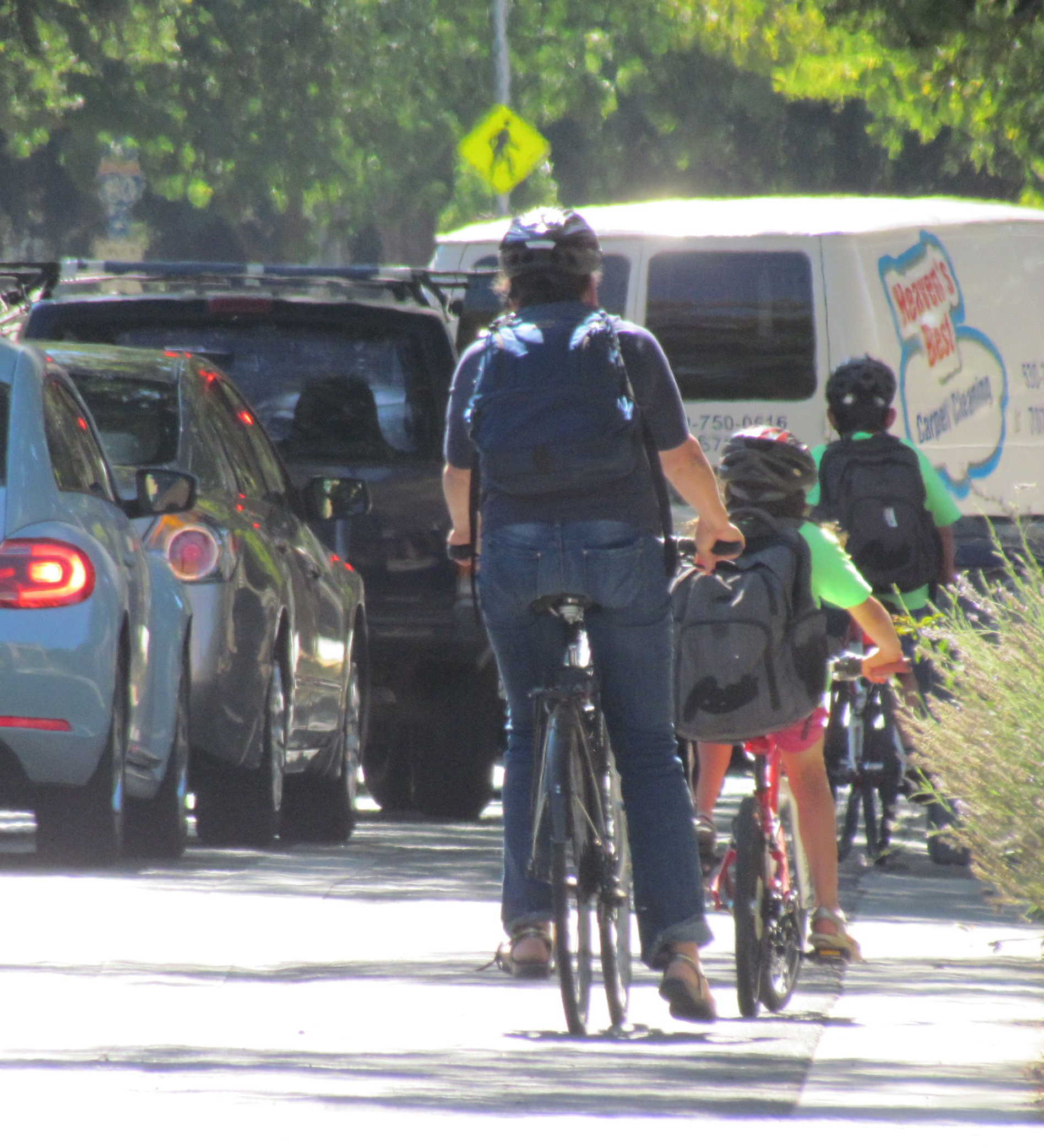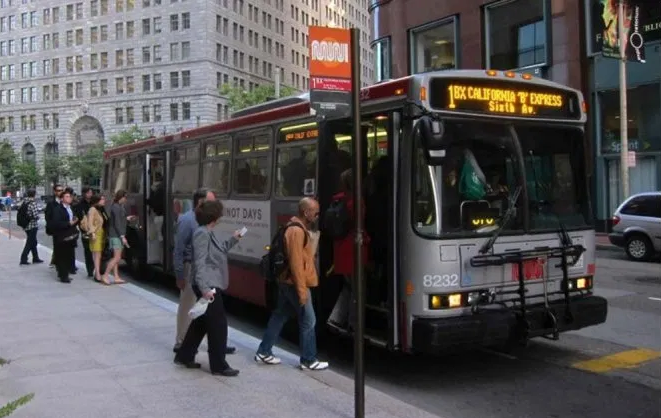Note: GJEL Accident Attorneys regularly sponsors coverage on Streetsblog San Francisco and Streetsblog California. Unless noted in the story, GJEL Accident Attorneys is not consulted for the content or editorial direction of the sponsored content.
Despite laws against using a hand-held phone or similar device, a new report shows that people are not putting down their phones.
In fact, the report from Zendrive finds that drivers are using hand-held devices a hundred times more than previously thought. Previous reports from the National Highway Traffic Safety Administration (NHTSA) estimated that 600,000 drivers use their phones while they are driving, but Zendrive's data shows the number to be closer to 69 million.
According to the new report, sixty percent of drivers nationally use their phones at least once during the day, and at any given hour, on average, forty percent of drivers may be using their phones. In California, drivers spent 6.5 percent of their time behind the wheel on their phones in 2018, which is a 54 percent increase over 2017.
“Whether or not a state has a law prohibiting drivers from using hand-held phones appears to have little effect on the amount of driver phone use or the change in driver phone use from 2017 to 2018,” says the report.
These findings contrast sharply with results that were released last October from the California Office of Traffic Safety (OTS). That report found what it called a “considerable decrease” in cell-phone use over the previous year. The report even stated baldly that “distracted driving due to hand-held and estimated hands-free electronic devices fell in 2017.”
The difference may be in how the data was collected. The OTS report was based on field observations by researchers at Cal State Fresno—that is, people stood on the side of the road counting the number of drivers who are holding or looking at phones. Zendrive, on the other hand, has access through its software to direct data on cellphone use. The company's focus is on driver safety, and as such it has developed automatic collisions detector systems that can identify crashes and notify emergency services. It specializes in measuring and analyzing driver behavior, and its data is used by insurance companies and fleet managers, among others.
Its report aggregates data from 4.5 million drivers.
“We're super aware of the responsibility we have as a tech company,” said Noah Budnick, Policy Director at Zendrive. “We have to be serious about privacy and anonymity. ”
The data does not track, for example, who is using the phone or what they are using it for—whether they are talking or texting, for example. The technology can distinguish whether a person is driving or not, and all data about passenger use of phones was discarded from the dataset.
The difference in the findings may reflect the nascent state of measuring and tracking cell phone use. But, more distressingly, it doesn't even address the use of so-called “hands-free” phones, which research shows is not safer than using hand-held devices. The OTS report estimates the use of hands-free devices, and the Zendrive report focuses solely on illegal uses--that is, holding the devices while using them.
“There's a lot of research that shows that it's the act of interacting with a phone that is distracting,” said Budnick. “We're just beginning to understand how technology distracts the brain, particularly when it's behind the wheel.”
As a way to think about the task ahead, he pointed to early days of drunk driving legislation, a “previously monumental traffic safety challenge that took a long time to understand and pass legislation about.” The NHTSA, he said, did not start collecting and reporting alcohol-related traffic safety statistics until 1982, which was the same year Mothers Against Drunk Driving was founded and began pushing for stricter drunk driving laws. “People were doing it—and treating drunk driving as if it were normal—for twenty years before they even started measuring it,” he said.
“We're just at the beginning of figuring out how to study distracted driving,” he said, “and the technology is new.”
Nevertheless, research about the dangers of phone use, whether hands-free or hand-held, is unequivocal. Driving while using a phone is dangerous, no matter what the law may say.
It may not be shocking to learn how many people ignore this fact. But it should be.
If you're driving, just stay off the phone.





